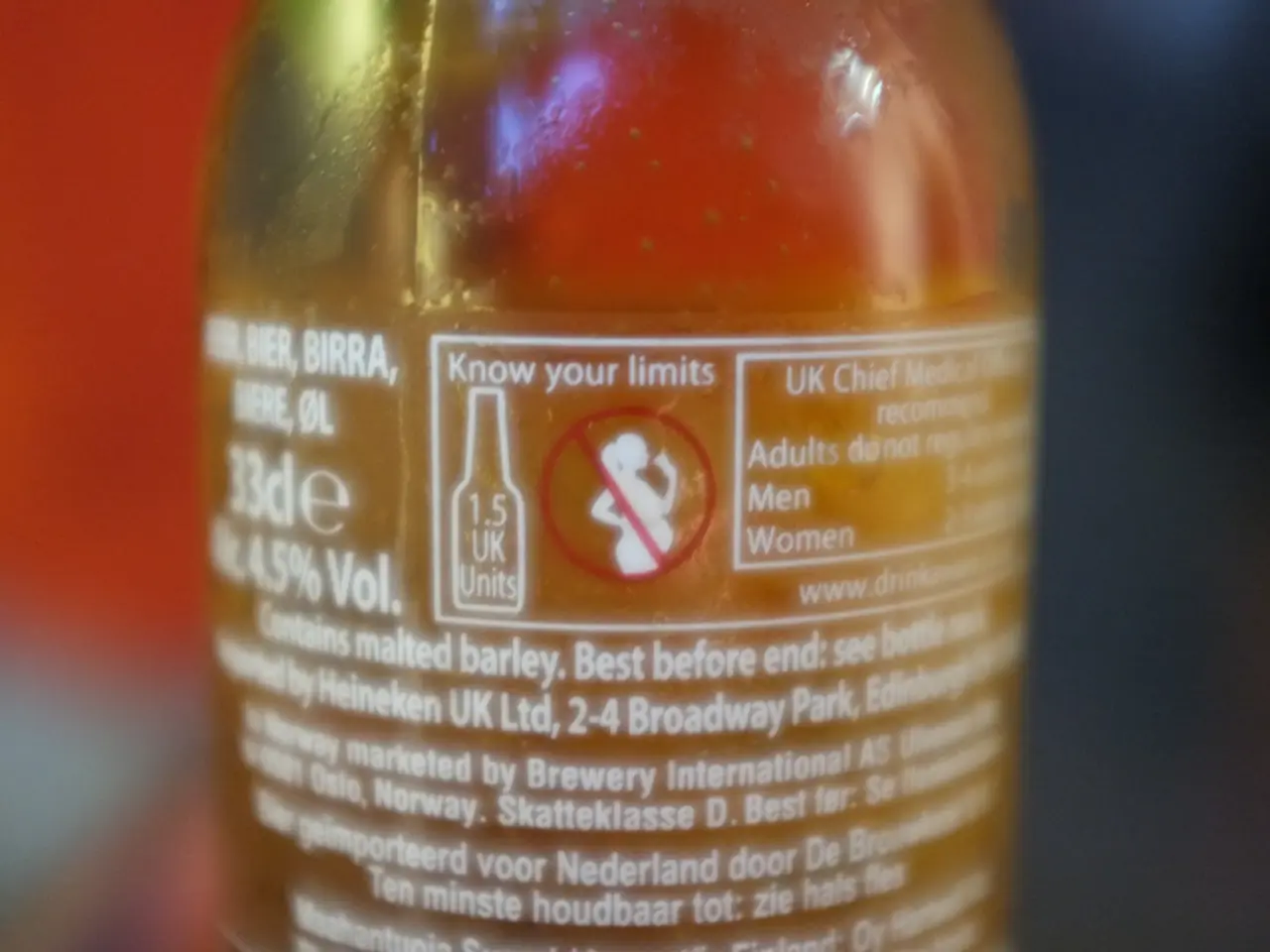FDA Seeks to Improve Rare Disease Drug Approval
The U.S. Food and Drug Administration (FDA) is considering new methods to improve drug approval for rare diseases. This follows past instances where drugs, like Pfizer's tafamidis for treating TTR-FAP, faced hurdles due to small clinical trial sizes.
TTR-FAP, affecting around 10,000 people worldwide, presents challenges in conducting large-scale trials. In 2012, the FDA declined to approve tafamidis due to insufficient evidence from a trial involving just 100 participants. Meanwhile, the European Medicines Agency (EMA) approved it a year earlier.
To tackle this, the FDA should encourage drugmakers to use predictive enrichment strategies. This involves selecting patients most likely to respond to a drug, enhancing trial efficiency. The FDA could also champion the use of Bayesian statistics, which can provide more precise estimates with smaller sample sizes.
The FDA has taken steps to address these issues. In 2014, it launched the Mini-Sentinel pilot project to boost post-market surveillance. This can help detect and address any adverse effects of drugs not tested in large populations. The FDA should also work with the industry to develop consensus-based best practices for adaptive trial designs, which can adjust as the trial progresses.
The FDA's approach to rare disease drug approval needs evolution. By embracing predictive enrichment, Bayesian statistics, and adaptive trial designs, the FDA can better evaluate drugs for small populations. This could lead to more effective treatments for rare diseases, benefiting patients and the healthcare system.
Read also:
- Hospital's Enhancement of Outpatient Services Alleviates Emergency Department Strain
- Increased Chikungunya infections in UK travelers prompt mosquito bite caution
- Kazakhstan's Deputy Prime Minister holds discussions on the prevailing circumstances in Almaty
- In the state, Kaiser Permanente boasts the top-ranked health insurance program






